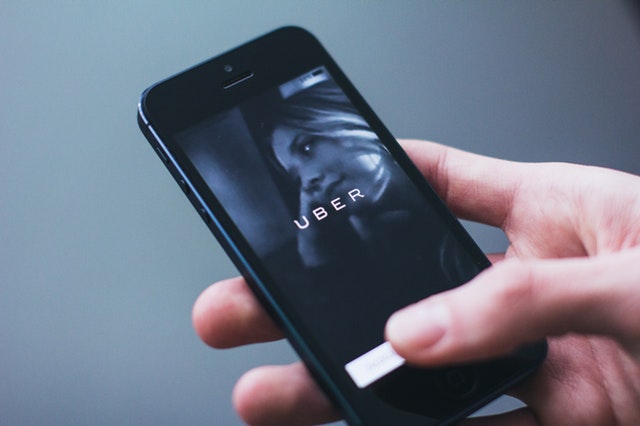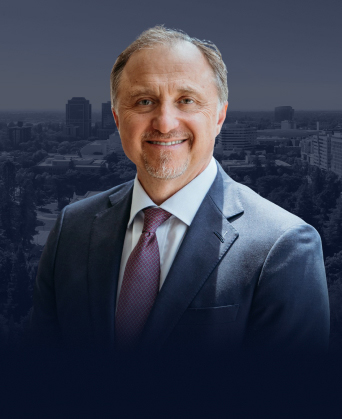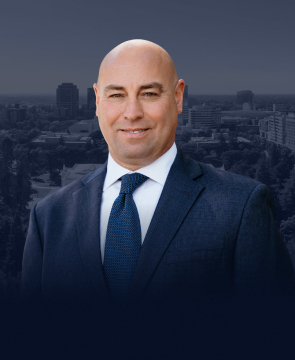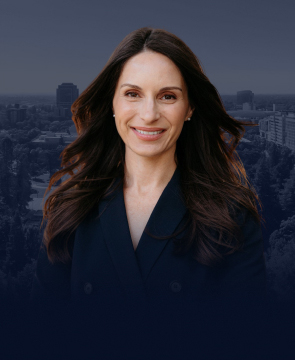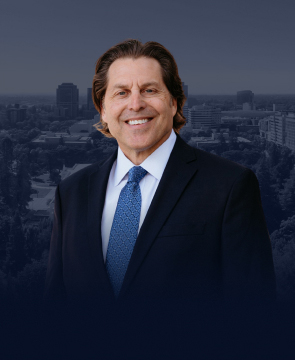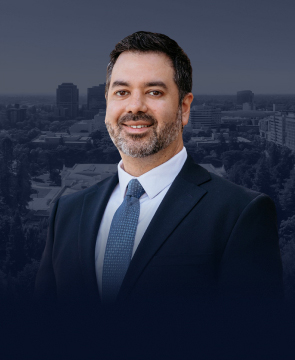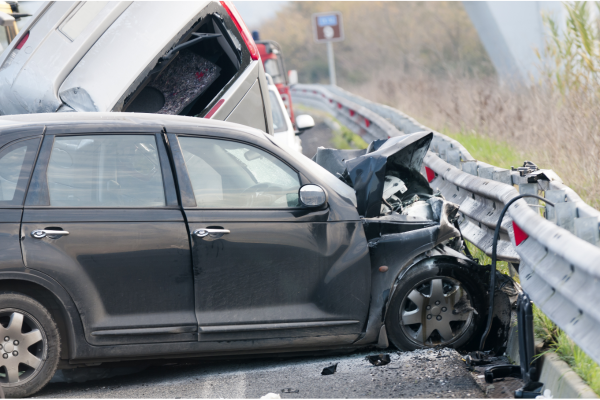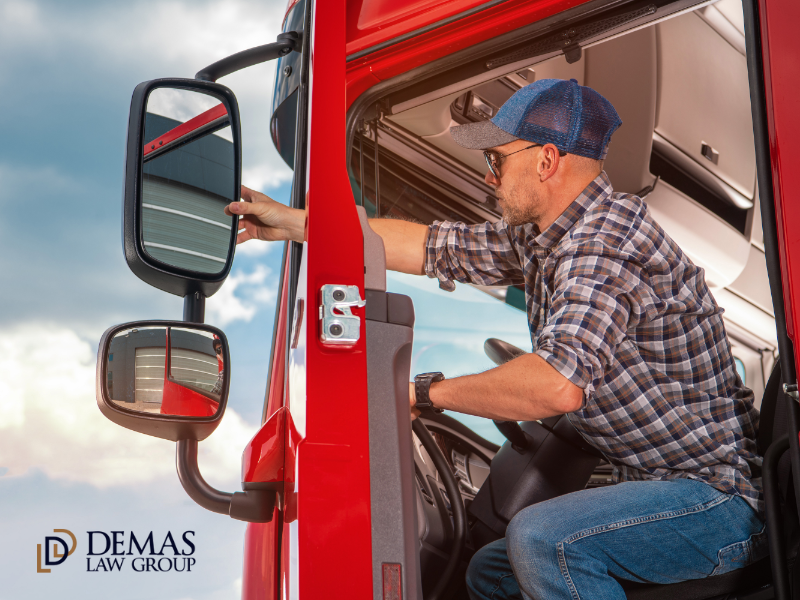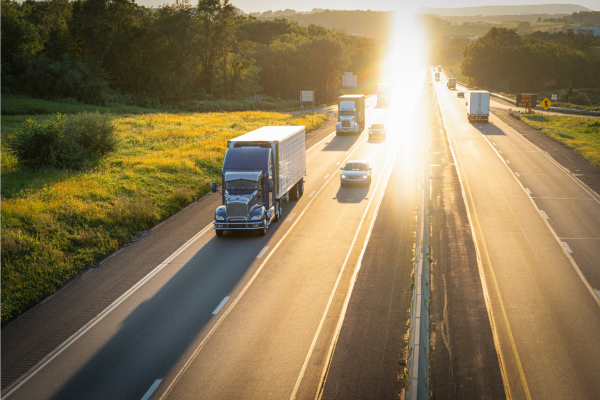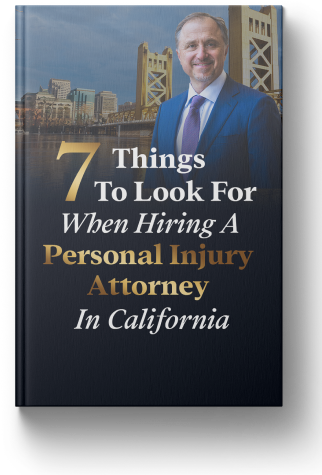Self-driving vehicles promise to make the task of navigating to our destinations easier, but this developing technology still has limits when it comes to full autonomy and traffic safety. Vehicles with self-driving capabilities still require participation and attentiveness on the part of the driver or operator.
A person who is not paying attention, even in a supposedly “self-driving” vehicle, could quickly find themselves involved in an accident, as a fatal incident in March 2018 demonstrated.
Elaine Herzberg was crossing a four-lane road when one of Uber’s prototype self-driving cars, operated by Rafaela Vasquez, hit her. She was pronounced dead before she reached the hospital.
The self-driving technology was designed to avoid such incidents. So, what happened? As is so often the case with car accidents, the vehicle operator (who is there to provide manual control to avoid accidents) was allegedly paying attention to her phone and not to the road. Vasquez was streaming an episode of “The Voice” when impact occurred and was unable to grab the wheel and regain control of the autonomous car.
The problem is farther-reaching than just one distracted driver, however. The self-driving car was able to use its technology to detect pedestrians, but only within crosswalks. The victim was crossing the street outside of a crosswalk and was, therefore, invisible to the car. An attentive human driver would likely have noticed pedestrian. The self-driving car did not. Also, the car’s emergency braking systems were disabled.
The driver of the car, Vasquez, was found to be at fault because she failed to pay attention to the task of operating the vehicle. The prosecutor in the case declined to press charges against Uber, and the company promised to be rigorous in improving its safety procedures.
Although the company expressed “deep regret” at the incident and pulled all of its self-driving cars from the roads while they updated their systems, one can only wonder what the legal outcome might have been if the victim had been someone better connected than the victim was. She was believed to be homeless, and family and friends did not come forward on her behalf.
How Often Do Self-Driving Vehicles Crash?
Uber’s self-driving test vehicles had been involved in 37 crashes in the 18 months before the March 2018 accident. Herzberg’s death was the first fatality.
The Future of the Self-Driving Vehicle Industry
Today’s technology for autonomous vehicles still has limitations that could prove as fatal as the Uber accident in Arizona. Until Herzberg’s death of, many companies were racing to produce self-driving cars, but this case will likely give them pause when it comes to rolling out the technology.
Contact Demas Law Group, P.C.
If you were hurt in an accident, the Sacramento rideshare accident lawyers of Demas Law Group, P.C., can help. Seeking compensation from a large company like Uber can be daunting, especially when you see the lack of significant consequences after the Arizona crash.
You need an experienced legal team to seek a just and fair outcome. Schedule a free case evaluation with us by calling us, by chatting with us live on our site, or by filling out a contact form today.
